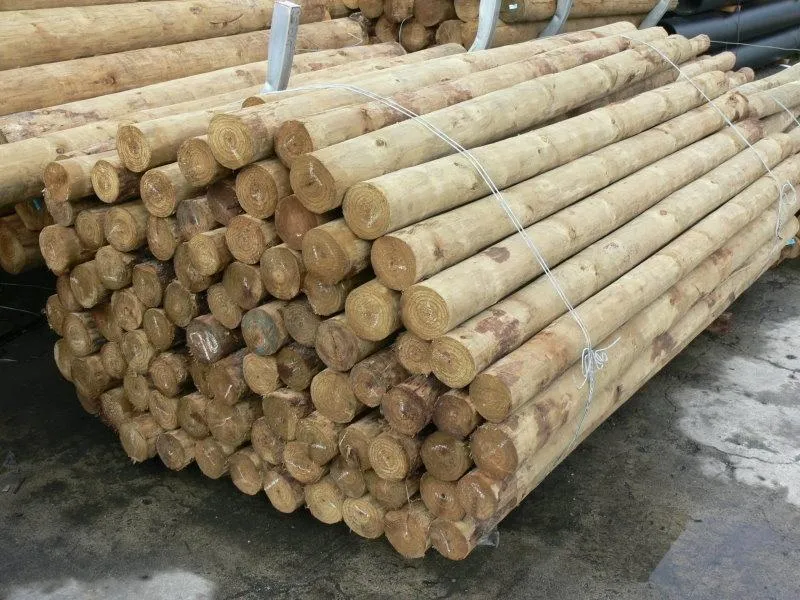
Standard Fencing Measures
This article contains all the standard fencing measures you're ever likely to need.
Posts & Strainers - Grades and sizes (SED = small end diameter)

What post to use where:

How much wire is in a coil?
High Tensile Wire

Barbed Wire

Soft or Mild Wire

How many nails to a kg?

How many staples to a kg?

Fences - some standard spacings

Gates
Gates can be wooden or metal. Generally speaking, metal gates are cheaper and lighter to work with. Metal gates are also easier to open and shut in high-wind areas.
Gateways need to be big enough for vehicles and farm machinery to fit through. 14-foot (4.2m) gates are ideal - especially for hay balers, but 12 feet (3.6m) should be the minimum. 12-foot steel gates are usually cheaper than smaller steel gates - because most gate manufacturers make more of that size than any other.
One advantage of wooden gates is that they can be made to fit odd-sized gateways.
Basic Cattle Stockyard Measurements:
A very basic set of yards to handle up to 5 cattle or 30 sheep will require a corner in a paddock measuring 5m x 6m. A loading ramp will take up extra space and need truck access.

"Before You Start Fencing" is a practical guide packed with a lifetime of experience, offering essential tips and advice to help you plan and manage fencing projects with confidence.

